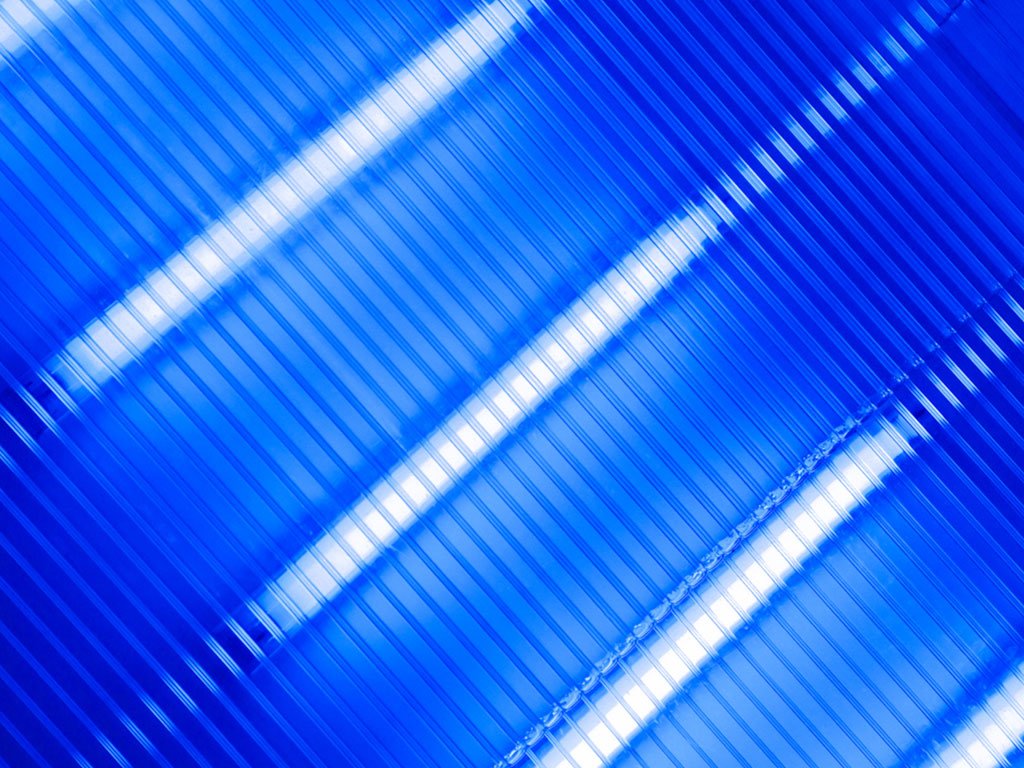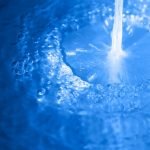US Start-up Delivers 200mW UV LEDs
UV-optical sources start-up Bolb, based in Livermore, California, and its strategic partners, Semiconlights and Lumens, have announced the delivery of LEDs with 200 mW UVC light output power.
They are built on Bolb’s patented technologies (US patent No. 9,680,056) allowing for high-quality AlN heteroepitaxy. (Typical LIV curves of a 45-mil-by-45-mil chip in a 6-mm-by-6-mm Al package are shown in Figure 1).

The LED, emitting at 271 nm, has a VF of 6.88V and delivers a light output power of 84.59 mW at 350 mA. Driven at 1000 mA DC, the VF and LOP respectively go up to 7.30 V and 213.40 mW. The external quantum efficiency (EQE) and wall-plug-efficiency (WPE) curves derived from the LIV curves shown in Figure 1 are plotted in Figure 2. As seen, EQE and WPE values at 350 mA (J=41.11 A/cm2) are 5.29 percent and 3.51 percent, respectively.

Compared to the state-of-the-art visible LED’s EQE, this UVC LED’s EQE is about one order of magnitude less, according to the company.
To investigate the root cause of the light output loss, the EQE efficiency curve was fitted by carrier recombination model (ABC model), using five variables: A (nonradiative recombination), B (radiative recombination), C (Auger recombination), d (effective active-region thickness), and LEE (light extraction efficiency). Different variables affect the EQE curve shape differently, so it is possible to extract internal quantum efficiency (IQE) and LEE out of EQE curve.
Particularly, high IQE LED will have a broad EQE curve ranging from many orders of magnitude of current densities, while high LEE low IQE LED will have a high but rather narrow EQE peak when scanning many orders of magnitude of current densities.

Plotted in Figure 3 are the fitted EQE and IQE curves. The Bolb UVC LED has a very good IQE, however it suffers from pretty bad LEE. An LEE of 6.2 percent, peak IQE of 86.5 percent at 20 A/cm2 (~175 mA) and IQE of 85.3 percent at 41 A/cm2 (350 mA) were obtained. The poor LEE comes from the severe UVC absorption of a p-GaN layer used for p-ohmic contact formation and from the AlN/sapphire interface UV reflection because of the mismatched refractive indexes. There is also thermal droop observed making the fitting at high current densities deviate from its ABC fitting. The thermal droop is much severer than the Auger droop at current densities larger than 50 A/cm2 (> 440 mA). Better thermal management is needed for higher current density operation of this UVC LED.
According to the NSF (National Sanitation Foundation) Standard 55-1991 Ultraviolet Microbiological Water Treatment Systems, NSF failsafe set-point dosages for Class A and Class B UVC water treatment systems are 40 and 16 mJ/cm2, respectively. Complied with Class A and Class B water treatment systems designs, Bolb’s patent-pending (US patent application No. 15/680,103) flowing fluid disinfection technologies enable a few tens of mW UVC power to disinfect 1 gallon/min flowing water and a few hundreds of mW UVC power to disinfect 10 gallon/min flowing water.3 The UVC LEDs reported here delivering 70-90 mW at 350 mA and over 200 mW at 1000 mA thus are to play a critical role in drinking water treatment.
Taking advantage of the high IQE of Bolb’s present generation UVC LEDs (comparable to blue LEDs), Bolb’s next generation UVC LEDs will debut soon, featuring a UVC transparent epitaxial structure with reflective p-contact and better wall-plug-efficiency. Bolb’s third generation UVC LEDs will further take care of the AlN/substrate interface reflection, targeting an LEE over 50 percent and EQE exceeding 40 percent.
See complete article here
https://compoundsemiconductor.net/article/102933/US_Start-up_Delivers_200


